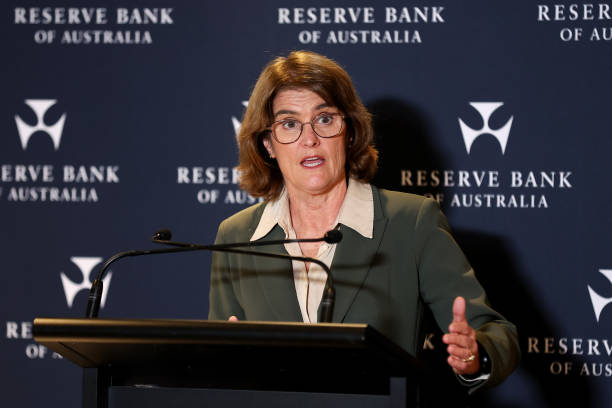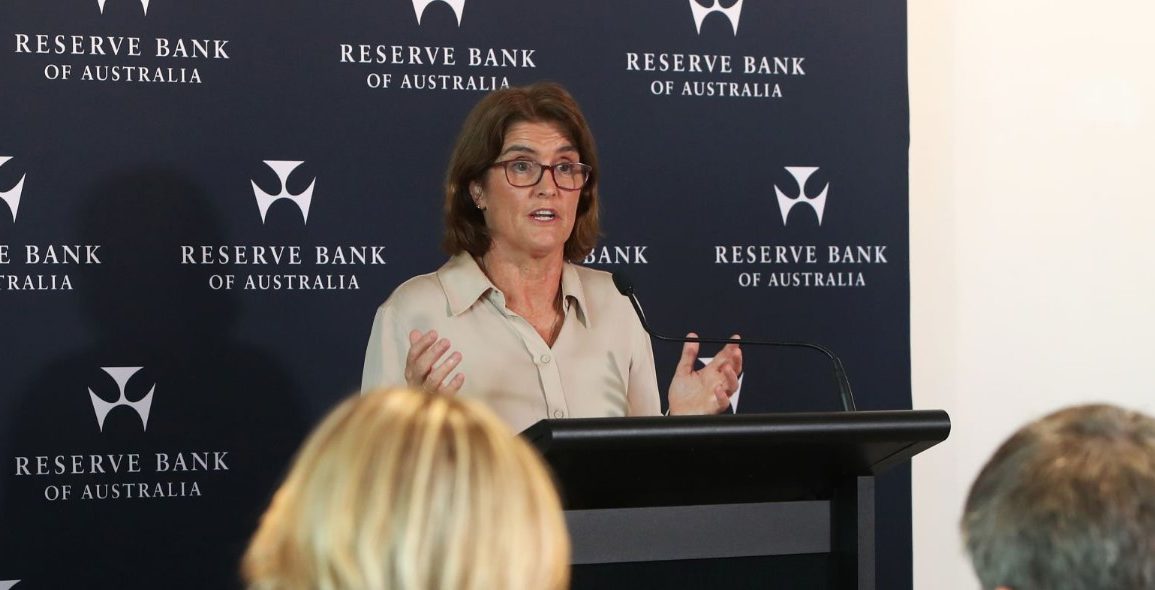The Reserve Bank of Australia (RBA) maintained its cash rate at 4.35% in its eighth consecutive decision to leave interest rates unchanged, seeking more evidence that inflation will return to the target range of 2%-3%.
Economists had anticipated the RBA’s decision after its two-day meeting on Tuesday.
During a press briefing, Governor Michele Bullock highlighted that while headline inflation has notably decreased, underlying inflation remains “too high.”
The RBA noted progress but underscored the challenge of further reducing inflation levels, stating it will continue to assess economic indicators closely without eliminating the possibility of future rate adjustments.
Inflation has been a key focus for the RBA, with annual headline inflation falling to 2.8% in the September quarter, its lowest in over three years.
However, the underlying inflation rate—adjusted to exclude volatile items—remains at 3.5%, above the RBA’s target.

The RBA emphasized that while headline inflation is likely to stay lower for a period, underlying inflation persists as a concern due to “inflation momentum.”
The RBA’s statement also included updated economic projections, with GDP growth anticipated to increase from an annual rate of 1% to 2.3% by mid-2025.
However, slower-than-expected consumption growth may temper this rise, partially due to households saving more of their tax reductions.
Unlike other global economies that are easing interest rates, Australia’s borrowing costs have not surged as sharply, nor are they expected to fall rapidly.
A resilient labor market is expected to support current rate levels, provided the economy’s demand remains relatively balanced.
The RBA’s November forecasts suggest core inflation will touch the target range’s upper end by mid-2025 and reach the midpoint by late 2026, with potential risks from weak productivity growth in industries such as healthcare.
The RBA’s decision had minimal impact on the Australian dollar and the stock market, and the bank’s forecasted timeline for interest rate reductions currently projects no movement until mid-2025.

